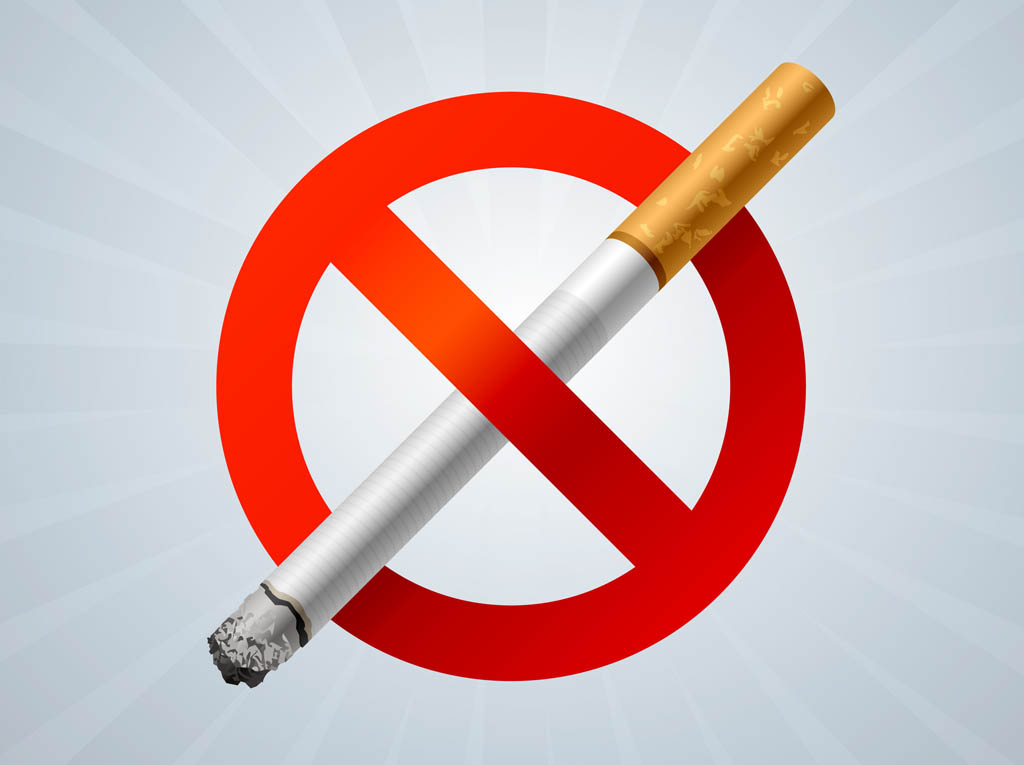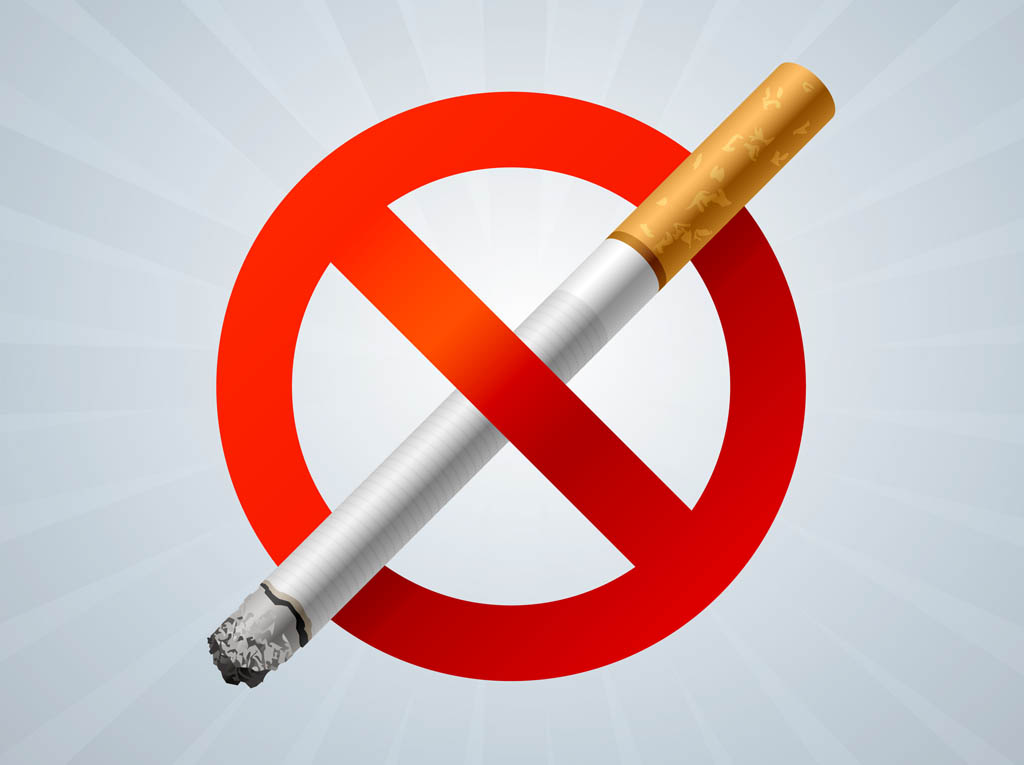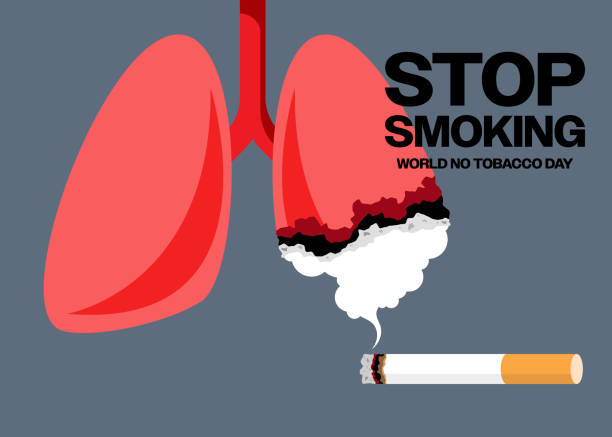The Devastating Effects of Smoking: Why It’s Time to Quit

Smoking has long been known as one of the most harmful habits a person can develop. Despite decades of public health campaigns, millions of people around the world still smoke, unaware—or perhaps in denial—of the serious damage it causes. While some may view it as a personal choice or a stress reliever, the reality is that smoking has far-reaching consequences, not just for the smoker, but also for those around them. In this blog post, we will explore the bad effects of smoking on health, the environment, and society, and why it’s more important than ever to kick the habit.

1. Smoking and Physical Health: A Toxic Relationship
Smoking is directly linked to a staggering number of health problems. The chemicals in cigarettes—over 7,000 of them, including at least 70 known carcinogens—damage nearly every organ in the body.
a. Respiratory Diseases
The lungs bear the brunt of smoking’s assault. Chronic bronchitis and emphysema, collectively known as chronic obstructive pulmonary disease (COPD), are common in long-term smokers. These conditions cause persistent coughing, wheezing, and shortness of breath. Over time, they severely reduce the quality of life.
Smoking also increases the risk of lung infections like pneumonia and tuberculosis. Worse still, it’s the leading cause of lung cancer, responsible for approximately 85% of all cases.
b. Cardiovascular Problems
Smoking harms the heart and blood vessels. It raises blood pressure, reduces oxygen supply, and causes the arteries to narrow and harden. This dramatically increases the risk of heart attacks, strokes, and peripheral artery disease.
Smokers are two to four times more likely than non-smokers to develop heart disease. Even secondhand smoke increases heart disease risk by 25–30%.
c. Cancer Beyond the Lungs
While lung cancer is the most widely recognized smoking-related cancer, the risk extends far beyond. Smoking can cause cancer in the mouth, throat, esophagus, pancreas, bladder, kidney, stomach, and cervix. It can even lead to certain types of leukemia. In fact, smoking is responsible for about 30% of all cancer deaths.
2. Mental and Emotional Effects
Though some people smoke to reduce stress, the long-term effects can be the opposite.
a. Addiction and Withdrawal
Nicotine is highly addictive. Once your body gets used to it, quitting can lead to irritability, anxiety, depression, and cravings. This makes it harder for people to stop, trapping them in a cycle of dependence.

No smoking concept for world no tobacco day campaign with cigarette and lung flat design style, vector illustration
b. Mental Health Decline
Studies have shown that smoking is linked to increased risks of anxiety disorders, depression, and cognitive decline. While it might offer a temporary sense of relaxation, the long-term consequences for mental health are severe.
3. Impact on Appearance and Aging
Smoking doesn’t just affect your insides; it also shows on the outside.
-
Skin: Smoking reduces blood flow to the skin, depriving it of oxygen and nutrients. This leads to premature wrinkles, a dull complexion, and slower wound healing.
-
Teeth and Mouth: Stained teeth, gum disease, bad breath, and even tooth loss are common among smokers.
-
Hair and Nails: Smoking can cause hair thinning and damage nail health.
These visible signs often make smokers look older than they actually are—a superficial but powerful motivator for some people to quit.
4. Harm to Others: Secondhand and Thirdhand Smoke
Smoking doesn’t just harm the smoker. It affects everyone around them.
a. Secondhand Smoke
Secondhand smoke is the combination of smoke from a burning cigarette and the smoke exhaled by a smoker. It contains over 250 harmful chemicals. Nonsmokers exposed to secondhand smoke are at increased risk for heart disease, lung cancer, and respiratory problems, especially children and pregnant women.
b. Thirdhand Smoke
This lesser-known danger involves the toxic particles from cigarette smoke that settle on surfaces and linger long after a cigarette is extinguished. These residues can react with indoor pollutants to create new harmful compounds, posing a hidden danger to infants and pets who may come into contact with them.
5. Environmental Impact
Cigarette smoking also harms the planet.
-
Litter: Cigarette butts are the most littered item on Earth. They’re not biodegradable and contain toxins that leach into water systems and soil.
-
Pollution: Smoking releases harmful chemicals into the air. While each puff may seem insignificant, the cumulative effect of millions of smokers is substantial.
-
Wildfires: Discarded cigarette butts are a common cause of forest fires, leading to the destruction of ecosystems and loss of human life.
6. Financial Costs
Smoking is an expensive habit. The cost of buying cigarettes daily adds up to thousands of dollars annually. In addition to the direct costs, there are hidden expenses:
-
Medical Bills: Smokers face higher medical costs due to increased illness.
-
Insurance Premiums: Health and life insurance rates are higher for smokers.
-
Lost Productivity: Smokers take more sick days and have shorter working lives due to health complications.
Quitting smoking isn’t just a health decision—it’s a financial one too.
7. Effects on Reproductive Health
Smoking affects reproductive health for both men and women.
-
For Men: Smoking can reduce sperm count and quality, leading to fertility problems.
-
For Women: It can affect hormone levels, reduce fertility, and increase the risk of miscarriage, premature birth, and birth defects.
Even exposure to secondhand smoke during pregnancy can harm the unborn child, leading to low birth weight and developmental problems.
